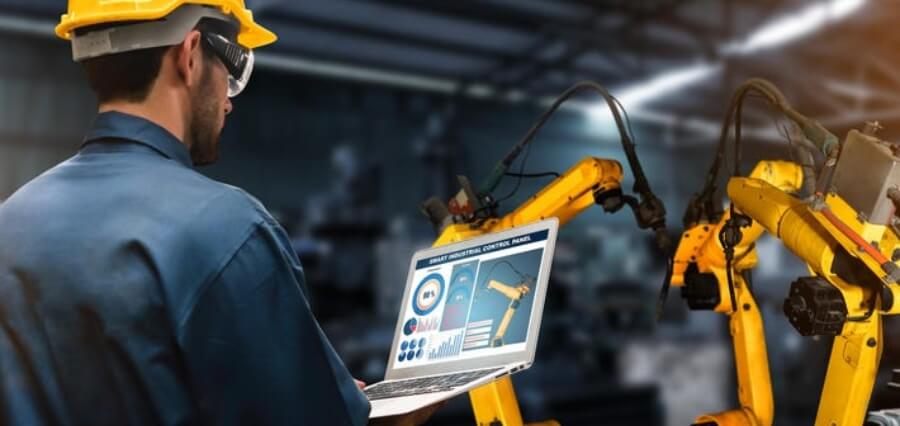Do you ever feel like life is getting faster, that the pace of technology is speeding up? Well, this is because it is.
According to the law of accelerating returns, when applied to technology, we see that this pace naturally speeds up over time exponentially. And this is an evolutionary trend that humans may one day not be able to keep up with.
Don’t worry; machines aren’t running the world. At least, not yet. For now, we humans are in control of this progression. But unless we purposely intervene to slow it down, the pace of advancement will continue to speed up.
It might be a bit paradoxical to think about, but our technology has given rise to our current technological progress. Through the use of advanced machines and complex algorithms, we’ve exceeded expectations in all industries, including the manufacturing space.
Here, we’ll discuss a few new developments in manufacturing that simply cannot go unnoticed.
Advanced Robotics
Just about every device you can think of is being manufactured using some type of automation, or this involves the use of advanced robotics. Just to shed a little more light on the subject, even the machines that we use to put our machines together, such as heat staking machines by Bdtronic, are manufactured using automation.
This might sound like a scene from a Sci-Fi movie, with machines building other machines at a rapid pace. But it’s absolutely true. In fact, instead of reading about far-off galaxies with entire machine worlds, just visit an advanced robotics manufacturing facility.
Advanced robotics are making the production of goods and machines safer and faster. And machine-to-machine communication is also allowing these advanced robotics to relay data and alter an automation process if errors are detected.
3-D Printing
Printing became an advancement that changed the world. The ability to produce books and replicate these works over and over began in the early 1400s. Since that time, the modern advancements of printing technology have changed exponentially.
Today, you can print complex devices, equipment, and even firearms using a 3-D printer.
Manufacturing technology has recently employed advanced robotics, such as fully functional robot arms with full dexterity to use 3-D printing technology to literally produce products in mid-air.
These devices can print parts for machines and entire 3-D structures using polymers or metallic substances. And these advancements have been theorized for use on space stations and remote outposts such as on the Moon or on Mars in order to make replacement parts or other necessary supplies.
Remote Operations
During the onset of the COVID-19 pandemic, we saw a lot of industries turn to remote work. And the same is true for the manufacturing industry.
Through the use of advanced cloud computing technology and AI, manufacturers were enabled to virtually oversee an automated manufacturing process. This virtual manufacturing allowed for human workers to be removed from manufacturing facilities, and through the use of virtual tools, a developer or engineer could send data to a machine to modify processes.
Remote operations in the manufacturing industry also allow for greater safety compliance, as humans are largely removed from facilities, resulting in fewer accidents, and removing the need for safety oversight and additional managerial personnel.
The applications for remote operations are also at the forefront of advancing technologies as well. As more and more people are discovering the benefits of working from home, companies around the world are testing new tools designed to keep productivity levels on par with business goals. Cutting-edge software like the data historian software tools are spearheading the change, allowing for huge processing capacity and accessing large quantities of data from anywhere.
As we advance along with technological evolution, it’s really anyone’s guess how far we’ll actually be able to take ourselves into the future.
Could we go too far? Could our technology one day enslave us all? These are both valid questions, but only time will tell. For now, we’re able to use our technology to make our lives, and our work lives, much easier.


